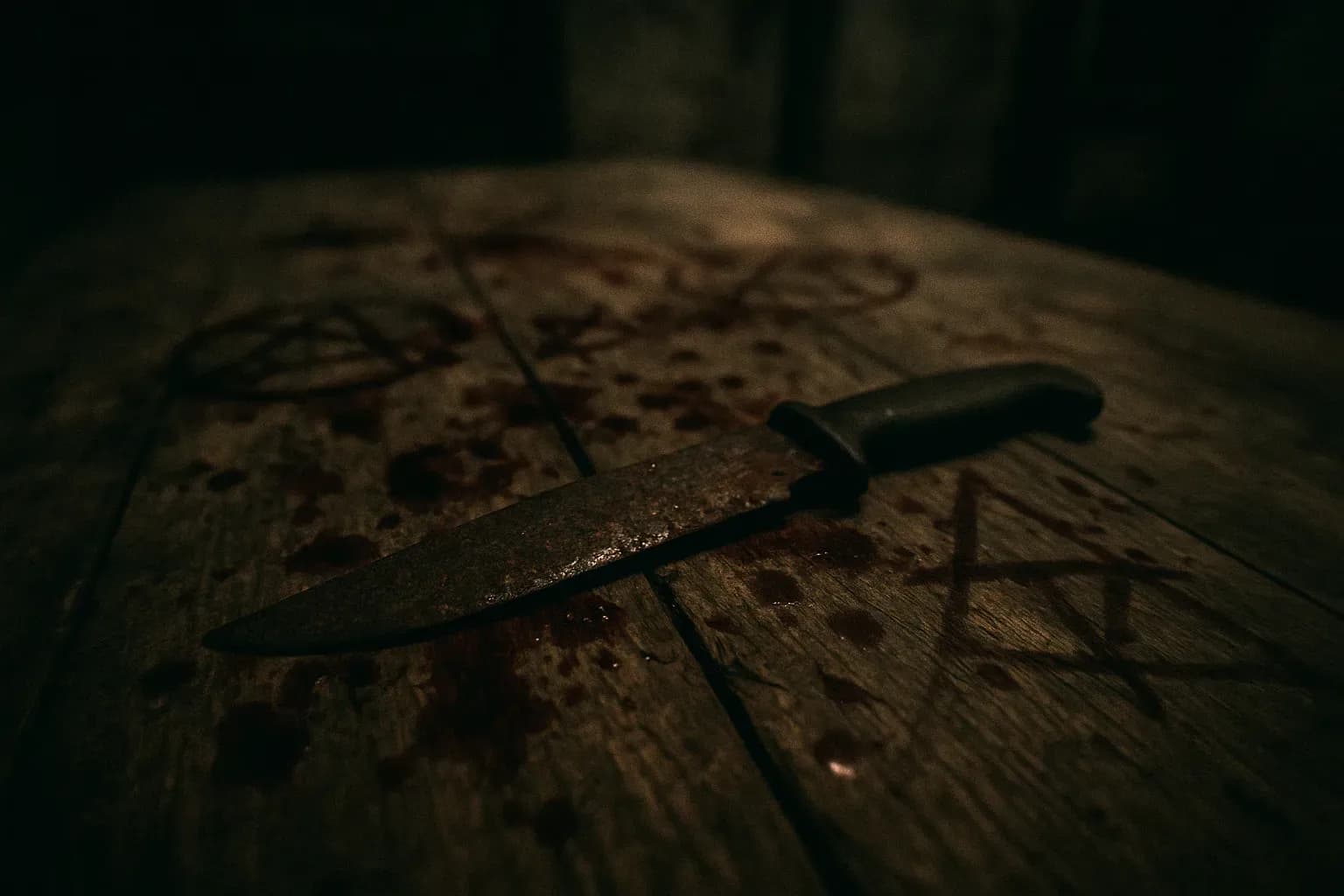Sacra Corona Unita: Italy's feared 'fourth mafia'

Sagsdetaljer
Quick Facts
Sacra Corona Unita: Birth of Apulia's 'fourth mafia' (1981)
In the shadow of Italy's sunny Apulia region, known for its vineyards and olive groves but also strategically located on the Adriatic coast, Sacra Corona Unita – The Holy United Crown – emerged. This new power factor in Italian organized crime was founded in 1981 in the grim corridors of Trani prison by the experienced criminal Giuseppe "Pino" Rogoli. SCU emerged as a hybrid, borrowing traits from both the Sicilian Cosa Nostra and the Calabrian 'Ndrangheta, but maintained a strong local identity and a unique focus on Apulia's geographical advantages. The organization quickly became notorious as Italy's "fourth mafia," a potent and highly adaptive criminal force.
SCU vs. Camorra: Cigarette smuggling as an economic base
A crucial catalyst for Sacra Corona Unita's formation was the Neapolitan Camorra leader Raffaele Cutolo's attempt to expand his influence into Apulia. As a direct countermeasure, Giuseppe Rogoli and his fellow inmates established SCU, partly to protect local criminal interests from outsiders, and partly to exploit the region's long coastline for extensive smuggling. Initially, this mafia focused on cigarette smuggling across the Adriatic Sea – an extremely lucrative business that quickly became the organization's economic foundation, leveraging Apulia's strategic position as a springboard to the Balkans and the Middle East.
Statuto della S.C.U.: Blood rituals, symbols, cyanide (1983)
In 1983, Sacra Corona Unita formalized its structure with a detailed set of rules known as the "Statuto della S.C.U.". This document defined a clear three-tier hierarchy, ensuring the organization's internal stability and control.
A distinctive feature of SCU, setting it apart from other Italian mafia organizations, was its deep integration of Catholic rituals and symbolism into initiation ceremonies. New members had to undergo blood pacts, swear oaths before religious symbols, and symbolically received a pistol – a potent weapon – as well as a cyanide pill. This morbid mix of sacred symbols and death threats was designed to cement loyalty and instill deep fear. The pronounced use of religion gave the organization a form of perverted legitimacy in certain local circles and underscored its unique, dangerous identity within organized crime.
Società Minore: SCU's brutal soldiers and 'hell trial'
Sacra Corona Unita's structure was a complex three-tier system. At the lowest level was the Società Minore, the organization's foot soldiers, often recruited from younger, local criminals. After a 40-day trial period, which eerily mirrored Christian fasting rituals, they were initiated as "manovalanza" (workers). Their tasks included local extortion, handling stolen goods, and monitoring vital smuggling routes, often carried out with the significant violence and brutality that characterized SCU.
Società Maggiore: SCU's elite 'Lo Sgarro' and 'La Santa'
The next level in the hierarchy was the Società Maggiore, which formed SCU's operational core. This was further divided into categories such as "Lo Sgarro," reserved for experienced murderers (requiring a minimum of three killings committed for the organization), and "La Santa," the organization's elite hitmen. These members were responsible for carrying out violent actions, including assassinations and the neutralization of rivals and enemies of this mafia. Their initiation ritual included, in addition to the symbolic pistol and cyanide pill, lemons – supposedly to cleanse the wounds of injured comrades, a gruesome parody of mercy and an example of the organization's bizarre rituals.
Società Segreta: SCU's secretive top in political corruption
The top of Sacra Corona Unita's hierarchy was the Società Segreta, the secret society that served as the organization's strategic brain. From here, long-term plans were made, international alliances were established, and systematic efforts were undertaken to infiltrate and corrupt political institutions. As early as the 1990s, gaining political influence became a top priority for SCU, manifesting through electoral fraud and widespread corruption, including bribing local politicians. This sophisticated top structure enabled a form of decentralized leadership, where individual clans could operate semi-autonomously but were always subject to the overall strategic direction from the top of this powerful mafia.
From cigarettes to terror: SCU's expansion via Balkans
From its original base in cigarette smuggling, Sacra Corona Unita rapidly evolved into a key player in transnational organized crime. The organization expanded its criminal activities to include extensive drug trafficking, illegal arms dealing, and cynical human smuggling, with a particular focus on the lucrative routes across the Adriatic Sea to and from the Balkans. Strategic partnerships with other criminal groups in the Balkans and Russia were crucial for ensuring a constant flow of contraband and illegal goods. In addition to extensive smuggling, SCU was deeply involved in systematic extortion of local businesses and the cunning exploitation of state funds through corruption.
SCU's notorious brutality, widespread violence, and its ability to quickly adapt to changing criminal markets cemented its position as one of Italy's most effective and dangerous mafia organizations. Its influence on organized crime is still strongly felt in Apulia and poses an ongoing threat in the international criminal landscape.
Want to delve deeper into the dark world of organized crime and uncover the mafia's secrets? Follow KrimiNyt for more shocking cases.
Susanne Sperling
Admin